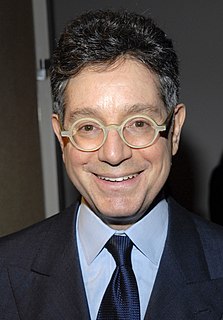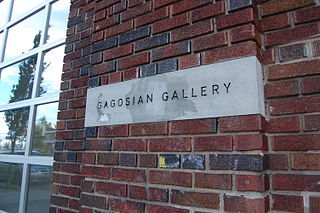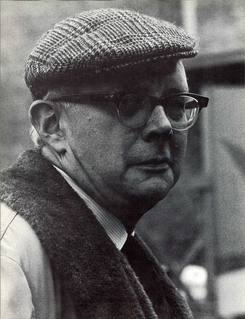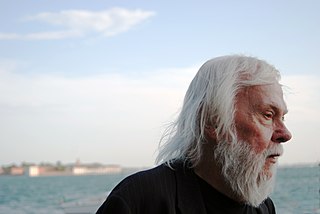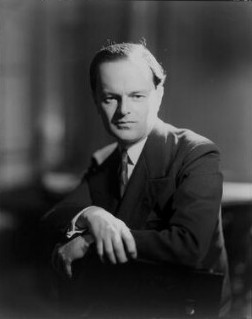A Quote by Jeffrey Deitch
What I hope is I'll eventually be seen as an actual individual, not as some abstraction - an art dealer running a museum.
Quote Topics
Related Quotes
I wish there were fewer art dealers. I wish there were fewer auctions. I wish there were just two auctions a year. It's just too much. And at the end of the day, if you're a dealer and a professional, fine, that's your business, that's all you do. But as an individual, if you're not a dealer and it's not your business, you need time for these things. You need time to study what's happening. You need time to understand the market. You need time to go to a museum. You need time to see a show. You can't go to one every day. It's becoming a trend.
The museum in D.C. is really a narrative museum - the nature of a people and how you represent that story. Whereas the Studio Museum is really a contemporary art museum that happens to be about the diaspora and a particular body of contemporary artists ignored by the mainstream. The Studio Museum has championed that and brought into the mainstream. So the museums are like brothers, but different.
What a museum chooses to exhibit is sometimes less important than how such decisions are made and what values inform them. To have the crucial role of museum professionals usurped by self-serving tycoons in the name of economic imperative threatens not only the integrity of individual institutions but the very principle of art held in public trust.
'Summer of Love: Art of the Psychedelic Era,' the Whitney Museum's 40th-anniversary trip down counterculture memory lane, provides moments of buzzy fun, but it'll leave you only comfortably numb. For starters, it may be the whitest, straightest, most conservative show seen in a New York museum since psychedelia was new.
The idea was to take fine art and put it into the location of the movie scripts. The script itself is collage - some of the lines come from actual movies and I've written others to make the text work with the found image. In this way, the details of old dead guys' paintings (from the collection of the Städel Museum in Frankfurt, where this work will be exhibited in relation to the historical paintings) become illustrations of the movie scripts. I found this mélange of high art and Hollywood amusing.
Great works of art can be produced in barbarous societies - in fact the very narrowness of primitive society gives their ornamental art a peculiar concentration and vitality. At some time in the ninth century one could have looked down the Seine and seen the prow of a Viking ship coming up the river. Looked at today in the British Museum, it is a powerful work of art; but to the mother of a family trying to settle down in her little hut, it would have seemed less agreeable - as menacing to her civilisation as the periscope of a nuclear submarine.
